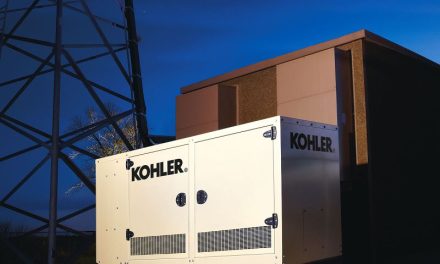 The introduction of super sized offshore wind turbines, nearly 1,000ft tall and five times more powerful than any other wind turbine yet installed in UK coastal waters, will demand foundations that can take the strain, claim MPA The Concrete Centre.
The introduction of super sized offshore wind turbines, nearly 1,000ft tall and five times more powerful than any other wind turbine yet installed in UK coastal waters, will demand foundations that can take the strain, claim MPA The Concrete Centre.
The new turbine design has been developed from work by the pan- European Upwind research project funded by the EU. The aim of the research was to examine the technical feasibility of building larger turbines that offer increased capacity and so boost renewable energy production. The proposed turbines would have revolving blades with a 800ft diameter and a capacity of 20MW compared to the 3MW of most wind turbines. Currently, the world’s largest wind turbine is manufactured by Enercon and produces 7.5MW.
Larger turbines place additional demands upon their foundations. The concrete industry has developed a new generation of gravity foundations that offer particular advantages for offshore locations. Those same advantages are also applicable to the proposed super sized turbines.
 Concrete gravity foundations, typically in the form of cellular caissons ballasted with gravel or sand, are low maintenance, have considerable design flexibility and whole life cost efficiencies. In particular, the high damping properties of concrete minimises vibration. This negates potential structural fatigue. For tall offshore wind towers the use of concrete gravity foundations instead of monopiles provides improved dynamic response.
Concrete gravity foundations, typically in the form of cellular caissons ballasted with gravel or sand, are low maintenance, have considerable design flexibility and whole life cost efficiencies. In particular, the high damping properties of concrete minimises vibration. This negates potential structural fatigue. For tall offshore wind towers the use of concrete gravity foundations instead of monopiles provides improved dynamic response.
“The concrete industry has developed a range of concrete gravity foundations that could be further developed to take the strain of larger turbines”, said Andrew Minson, executive director of MPA The Concrete Centre. “Concrete has unrivalled damping properties that can counteract the vibration of tall wind turbines and structural fatigue. This makes concrete foundations particularly well suited for offshore large turbines with a capacity of 3MW or 20MW.”




